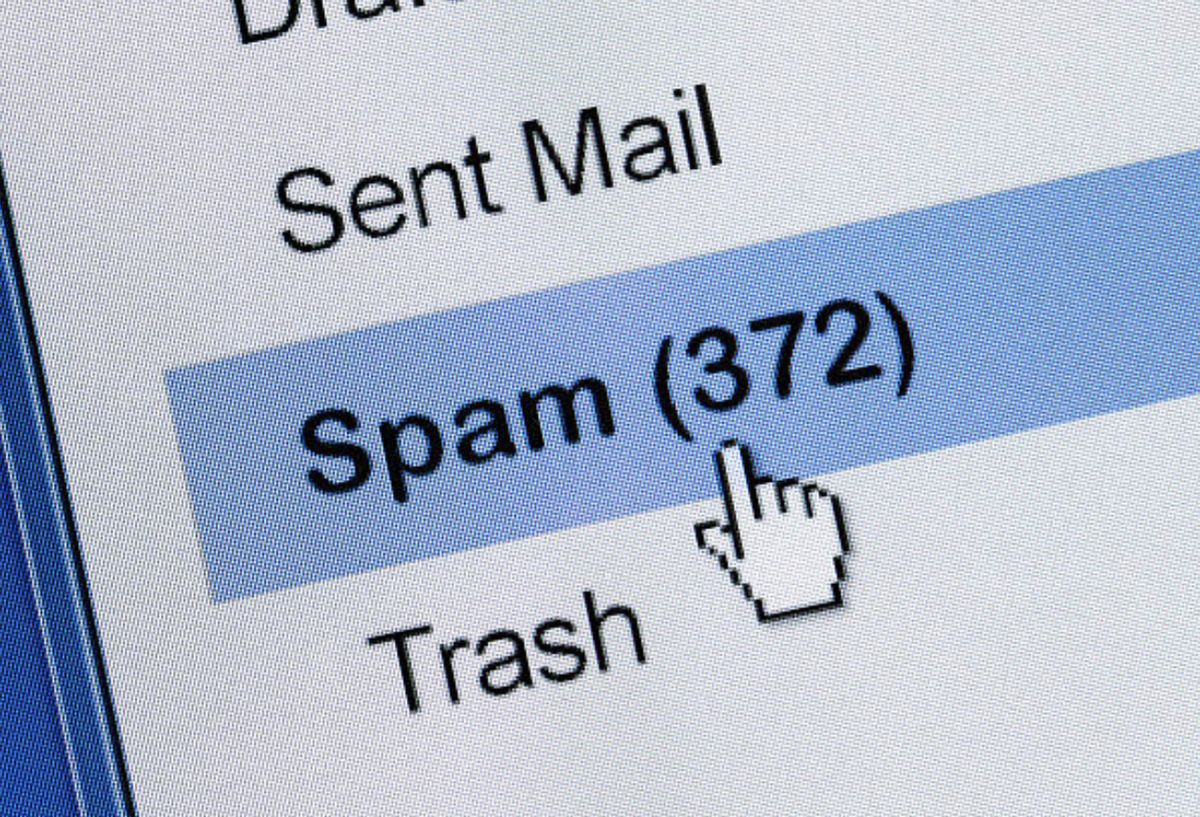Battling the Spam Tsunami: Protecting Your WordPress Website from Spam Infiltrators
Spam is an unmistakable nuisance every WordPress website owner faces. It clogs up databases, sends unwanted notifications, and can even confuse your genuine users. In this blog post, we’ll delve into the roots of this common issue, explore its implications, and provide actionable solutions to help you combat spam effectively.
Understanding the Problem: What is Spam?
Spam refers to unsolicited messages sent via electronic communications, most commonly through email. While many think of spam in the email context, it extends its reach to websites, especially those that incorporate forms for user interaction. Content spam usually involves irrelevant or junk messages posted on blogs, forums, and feedback forms. When your WordPress website becomes a target for spam, it can diminish your site’s quality and user experience.
Often, spammers use bots to automate the submission of these irrelevant messages, finding loopholes in form validation systems. The onslaught of spam can lead to confused users and a tarnished reputation for your site. Therefore, understanding the nature of spam is crucial before we can dive into effective solutions.
The Proliferation of Spam on WordPress
Spam has become a common problem across WordPress websites and is especially rampant on sites utilizing forms for comments, contact inquiries, and other purposes. Due to its user-friendly interface and extensive plugin support, WordPress has emerged as a prime target for spammers. They often employ automated scripts that submit forms at an alarming rate. A significant challenge arises when legitimate security measures, such as CAPTCHA, become less effective due to advancements in spam techniques.
As bots grow more sophisticated, they bypass basic security measures, making it increasingly difficult for website owners to stem the flow of spam entries. As we explore solutions, it’s essential to understand what makes your site susceptible and how to proactively reinforce its defenses.
Why Does My WordPress Website Receive So Much Spam?
Several reasons contribute to the high volume of spam targeting your WordPress site. Firstly, popular sites with high traffic rates often attract spammers, who perceive them as ripe for exploitation. Furthermore, if your website fails to implement stringent security measures, it becomes even easier for bots to overwhelm your forms with unwanted submissions.
Moreover, spammers constantly evolve their tactics, finding ways to outsmart conventional security plugins. They may impersonate legitimate users, utilize proxy servers, or even collaborate in bot networks to reinforce their attacks. All of this amounts to a cocktail of vulnerabilities that your WordPress site faces daily.
Effective Solutions: CAPTCHA and Beyond
One strategy many website owners turn to is CAPTCHA—a tool designed to differentiate between human and bot interactions by requiring users to complete a simple task. While various types of CAPTCHA exist—from image-based to mathematical problems—none are foolproof. Spammers are continually adapting and may find ways around these obstacles.
Moreover, while CAPTCHA can help reduce spam significantly, it can also frustrate genuine users who may struggle to decipher confusing tests. Therefore, it’s critical to combine CAPTCHA with other methods to build a robust defense against spam. You need a multi-layered approach to provide the best user experience without compromising security.
The Power of Akismet: A Plugin Worth Considering
Akismet is one of the most popular plugins for fighting spam on WordPress sites. By automatically filtering out suspected spam, it significantly minimizes unwanted submissions, allowing you to focus on genuine interactions. Akismet utilizes a constantly updated database of spam patterns and submissions made across its user base to determine the likelihood of spam in each entry.
Once activated, Akismet analyzes and flags potentially problematic content. Its effectiveness is continually improved through ongoing learning from real-time data, making it a preferred choice for many website owners. While it doesn’t eliminate spam altogether, it efficiently reduces the volume filtering through, allowing you more control over what reaches your inbox.
Implementing Honeypot Techniques
Another innovative solution for combating spam involves using honeypot techniques. A honeypot is a hidden field within your forms—unseen by human users but detectable by bot scripts. Given that most bots fill out all fields, even those hidden, this technique lures them into submitting unwanted data while allowing legitimate users to bypass the field.
By integrating honeypots into your forms, you create an additional layer of security without compromising user experience. This technique is straightforward to implement and can work harmoniously with your existing policies to improve overall spam defense.
Strengthening Your Form Security
Beyond relying on plugins, you can take proactive steps to bolster the security of your forms. One way to do this is by implementing time-based validation. This method allows you to track how quickly a user fills out your form. If a submission occurs in an implausibly short timeframe, it’s likely from a bot.
Moreover, engaging users through interactive elements such as sliders or simple question-response formats can serve as deterrents against automated submissions. These techniques not only help filter out spam but also enhance user engagement, making your forms more inviting and user-friendly.
Regularly Updating Your WordPress Installation and Plugins
Keeping your WordPress site updated is crucial for security and performance. Developers frequently release updates that include security patches, enhancing the site’s resilience against potential vulnerabilities exploited by spammers. Make it a habit to regularly monitor your WordPress updates to ensure you’re using the latest versions.
Moreover, pay attention to the plugins you utilize. Unmaintained or outdated plugins may introduce weak points in your security, allowing bots to infiltrate more easily. By actively managing your website’s components, you fortify not just your defenses against spam but also overall site health.
Encouraging Community Engagement: A Final Word
Fostering an authentic community through your website can significantly decrease spam. Engage your audience by encouraging meaningful interactions, which in turn dissuades unwanted spam contributors. When your site resonates with genuine users, spammers find less value in targeting it.
Remember, an engaged audience will report spam and unwanted content, helping you maintain a higher standard for user interaction. By nurturing this culture, you cultivate a space that encourages transparency and authenticity, making it increasingly difficult for spam to take root.
The Path Forward
Spam may feel like an insurmountable challenge for WordPress website owners, but it’s important to remember that effective solutions exist. By understanding the problem, implementing layered security measures, and engaging authentically with your community, you can significantly reduce the impact of spam on your site.
With strategies such as effective plugins and creative form security solutions, you empower your WordPress website to withstand spam attacks. Stay proactive, and remember that a cultured, engaged website promotes quality over quantity—making it less appealing to spammers.






